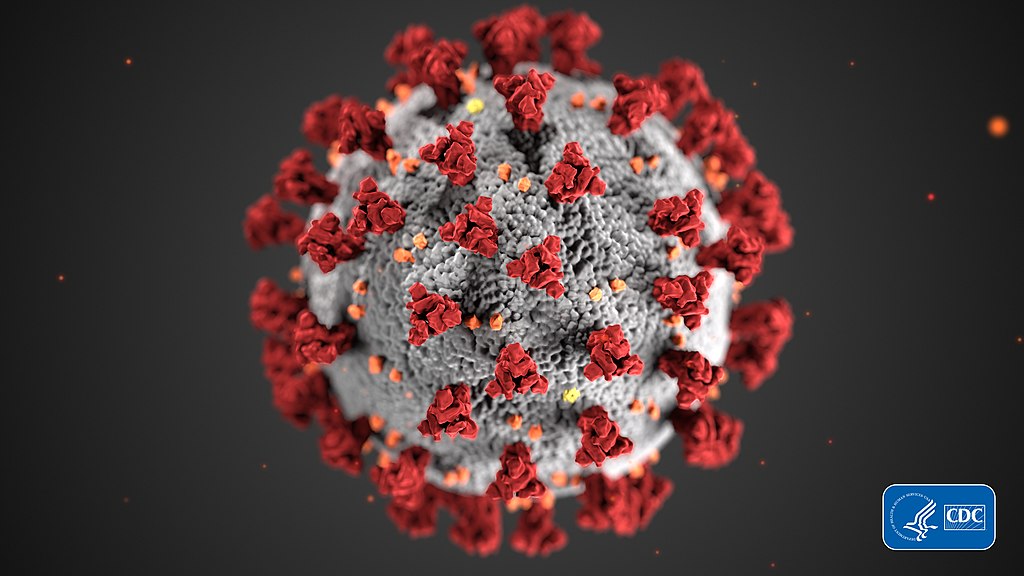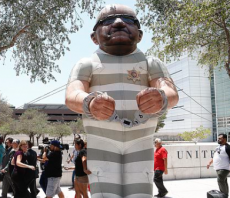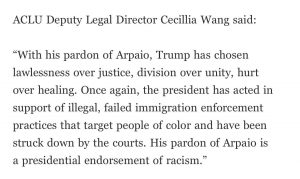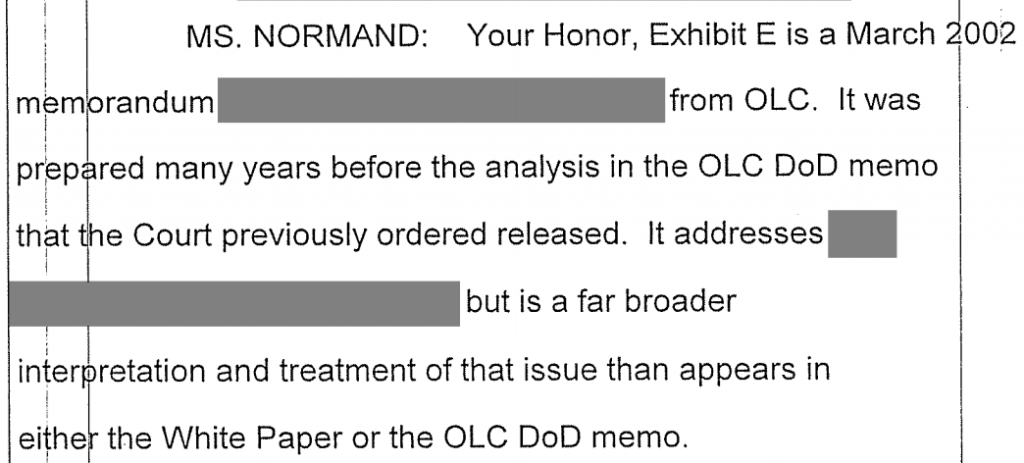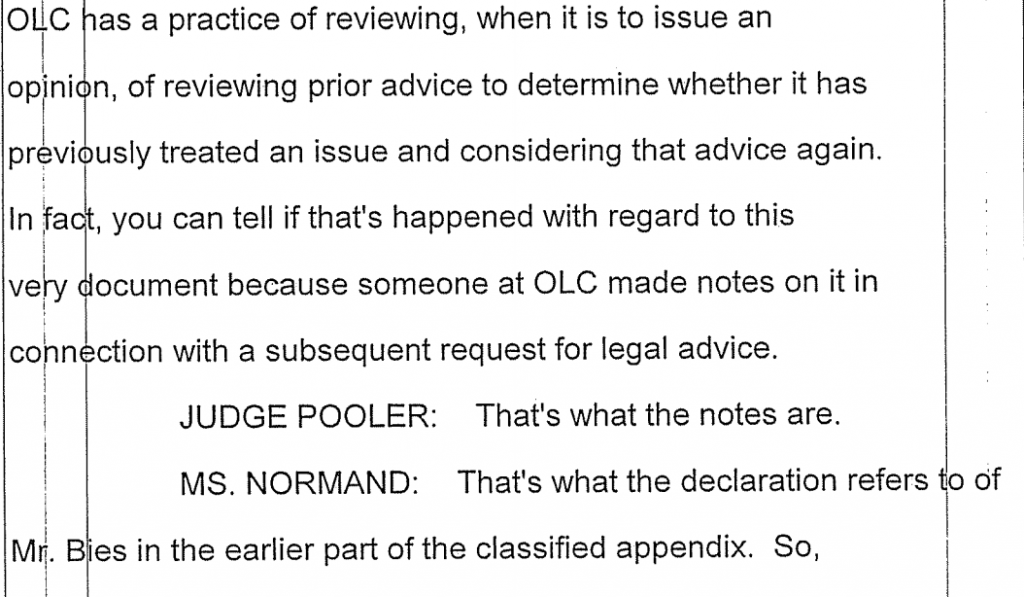Three Things: Numbers, Hearings and Racist Code
There’s always more than three things to address but here’s three we should look at more closely.

We lost not one American to an attempted shoe bombing in 2001 and yet an immediate program was developed and implemented to detect future shoe bombing attempts, requiring air travelers to take off their damned shoes and go through multiple screenings.
But Trump can’t be arsed to shut up and let the professionals handle stopping an ongoing daily stream of deaths from COVID-19.
This administration is killing Americans. Trump’s not even hiding the fact he’s willing to ignore deaths to manipulate numbers by insisting testing for the virus should be suppressed. He has the temerity to brag about his performance which has resulted in the unnecessary deaths of more than 120,000 Americans.
Yesterday the House Committee on Energy and Commerce held a hearing on oversight of the Trump Administration’s response to the COVID-19 pandemic.
Called to testify before the committee:
Robert R. Redfield, M.D., Director, Centers for Disease Control and Prevention (statement at 27:39)
Anthony S. Fauci, M.D., Director, National Institute for Allergy and Infectious Diseases, National Institutes o Health (at 33:40)
Admiral Brett P. Giroir, M.D., Assistant Secretary for Health, U.S. Department of Health and Human Services (at 38:25)
Stephen M. Hahn, M.D., Commissioner, U.S. Food and Drug Administration (at 43:54)
Rep. Diana DeGette asked Fauci about vaccine development (at about 1:28:00); I think he was extremely optimistic saying he thought there would be one by early 2021. But the question wasn’t as specific as it should have been; there are clinical trials in progress for a couple of candidates, but it’s not clear what phase they are in.
Reported last week by StatNews:
There are more than 100 projects around the world centered on the development of a vaccine for the coronavirus. As of May 11, eight candidate vaccines were being tested in clinical trials in people.
An official at the National Institutes of Health said in mid-May that large-scale testing could begin in July with a vaccine potentially available by January.
Other experts say the more likely timeline is summer or fall of 2021.
The other factor beyond the capabilities of the vaccines and developers which will predict the time to public distribution is Congress and the White House.
If we still have that malicious narcissist in the Oval Office without a veto-proof Democratic majority in the Senate, nationwide roll-out of a vaccine by the U.S. government may not happen even if an efficacious vaccine is found.
Meanwhile, COVID-19 don’t care…
And it’s increasingly looking that we will go to new pandemic heights of cases, spread pic.twitter.com/80egJmFT92
— Eric Topol (@EricTopol) June 24, 2020
Just like Trump.
The Trump admin. plans to end federal funding and support for coronavirus testing sites at the end of this month, @NBCNews has learned. pic.twitter.com/6JPPHra2Xk
— CNBC Now (@CNBCnow) June 24, 2020
In short, Team Trump fucked themselves hard.
What happened this weekend was supposed to be a point where Trump turned the narrative back in his favor and moved the attention away from the activists and change that have controlled the news cycle for months. But what really happened was instead of taking the attention away from the K-Pop teens for his failures, those things all combined to add one more line to an endless line of failures that we can only hope will keep going until November.
It wasn’t just a loss of narrative and momentum but the complete trashing of campaign data harvesting.
We don’t know exactly what the data accumulated by Trump’s re-election campaign looks like after receiving ~800,000 registrations for the Tulsa rally. Some were valid, some were valid but no-shows, some were legitimate addresses of people who had zero intention of attending — likely sent by TikTok accounts.
And a mess of them must have been K-pop fans who are still feeling their oats after they DDoS’d police video monitoring during anti-racism protests as well as spamming right-wing hashtags.
Parscale’s operation better have had a good backup before the Tulsa registrations began, though I have suspicions somebody’s ass wasn’t well covered.
I mean, who is foolish enough to brag about more than 1,000,000 registrations like that, without a hint of skepticism about the data’s integrity?
Somebody prone to hubris, that’s who.
And somebody else isn’t going to pay Team Trump for data gleaned through Tulsa.
BREAKING: We’re filing a complaint against Detroit police for wrongfully arresting Robert Williams, an innocent Black man — all because face recognition technology can’t tell Black people apart.
Officers hauled him away in front of his kids and locked him up for 30 hours. pic.twitter.com/84XJs0XWqu
— ACLU (@ACLU) June 24, 2020
The Washington Post published an op-ed by Williams explaining what happened to him and why facial recognition software should be banned.
The next morning, two officers asked if I’d ever been to a Shinola watch store in Detroit. I said once, many years ago. They showed me a blurry surveillance camera photo of a black man and asked if it was me. I chuckled a bit. “No, that is not me.” He showed me another photo and said, “So I guess this isn’t you either?” I picked up the piece of paper, put it next to my face and said, “I hope you guys don’t think that all black men look alike.”
The cops looked at each other. I heard one say that “the computer must have gotten it wrong.” I asked if I was free to go now, and they said no. I was released from detention later that evening, after nearly 30 hours in holding. …
It’s not just the software at fault, though. DPD made absolutely no attempt to confirm Williams’ identity against images they had before they took him into custody, processed him, and detained him overnight in holding.
They literally can’t be bothered or they are racist as hell in a minority majority city.
The ACLU is calling for a ban on facial recognition in Detroit, Williams being a perfect example of how flawed and racist the technology is as well as an assault on innocent citizens’ privacy.
Everyone should have the right to privacy. Tell the Detroit City Council to say NO to unchecked government surveillance.https://t.co/3pwtNBwylW
— ACLU of Michigan (@ACLUofMichigan) June 24, 2020
Boston’s city council banned facial recognition technology this morning, setting an example for Detroit.
The Boston City Council unanimously passed an ordinance Wednesday that would prevent the use of facial-recognition technology by the city governmenthttps://t.co/atiozQMgRD
— The Daily Beast (@thedailybeast) June 24, 2020
What’s your municipality doing about facial recognition technology?
Are you blowing off this issue because you’re white and you couldn’t possibly be misidentified?
Sure.
There is no made-for-TV CSI “enhance” feature for surveillance footage. Attempts to build such a fanastic feature are shockingly racist. Facial recog use in law enforcement is just a fancy new kind of structural racism. https://t.co/VV8G9xn6P0 https://t.co/ParC0lcjac pic.twitter.com/nREqUpUyUm
— David Carroll 🦅 (@profcarroll) June 24, 2020
Marcy https://twitter.com/emptywheel/status/1275821690170335237
Jennifer Taub https://twitter.com/jentaub/status/1275825424405323776
Courthouse News https://twitter.com/ByTimRyan/status/1275821746923417603
CNN https://twitter.com/jeremyherb/status/1275820657289428994
This is an open thread.


